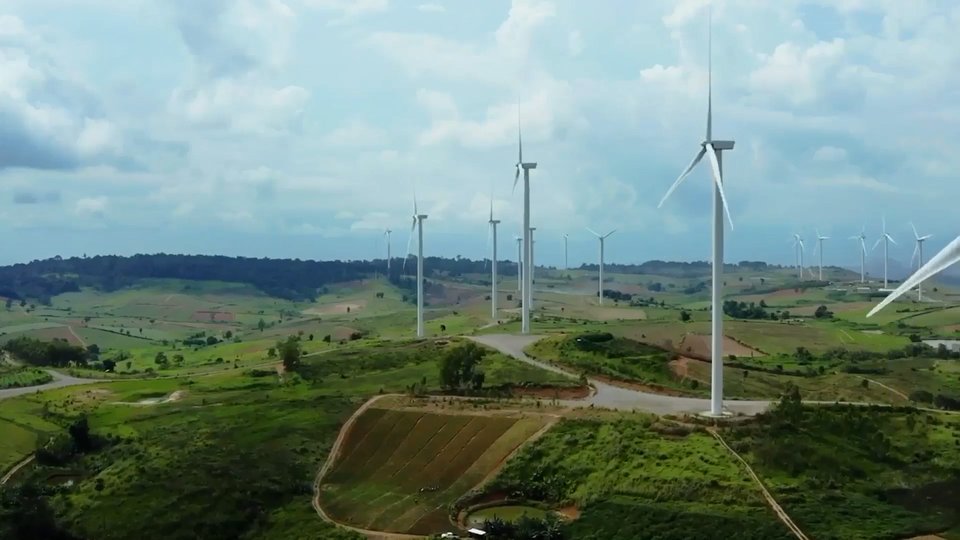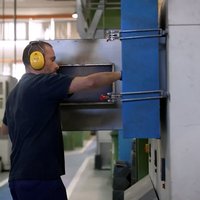The environment of the eggs is key in their development and aging

Until now, a decrease in the quantity and quality of eggs has been considered as the main cause of fertility loss with age. Now, however, they have found that the issue is more complex and that the cells, nerves and tissues surrounding the eggs also play a key role.
The study on egg development has been published in the journal Science. Researchers have made a 3D map of the ovaries of mice and women with a specifically created technique.
This technique has allowed them to visualize the structure of the ovary as a whole rather than cutting it into layers. They have found that eggs are not equally distributed in the ovary, but are grouped in bags. The density of these bags decreases with age; and it seems that, even within the same ovary, the environment of the bag influences the development of eggs. They form an ecosystem, so to speak.
The Proxesu complex
In addition, a genetic analysis of nearly 100,000 cells has been performed to determine which genes are active as the cells age. Through this, 11 cell types have been identified, including glial cells and sympathetic nerves. The latter are part of the “attack or escape” response and have been found to create a dense network in the ovary that becomes even more dense with age. Genetic inactivation of these nerves in mice revealed that the eggs remained in reserve and did not mature. Scientists have suggested that glial cells are likely to contribute to nerve function by sending chemical signals from the blood vessels that surround the follicles.
They emphasize that the ovaries of mice and people have great similarities, which makes it easier to continue investigating. In fact, the goal is to have a good understanding of egg development and aging, not only to solve fertility problems, but also to have better health after menopause.
Buletina
Bidali zure helbide elektronikoa eta jaso asteroko buletina zure sarrera-ontzian










